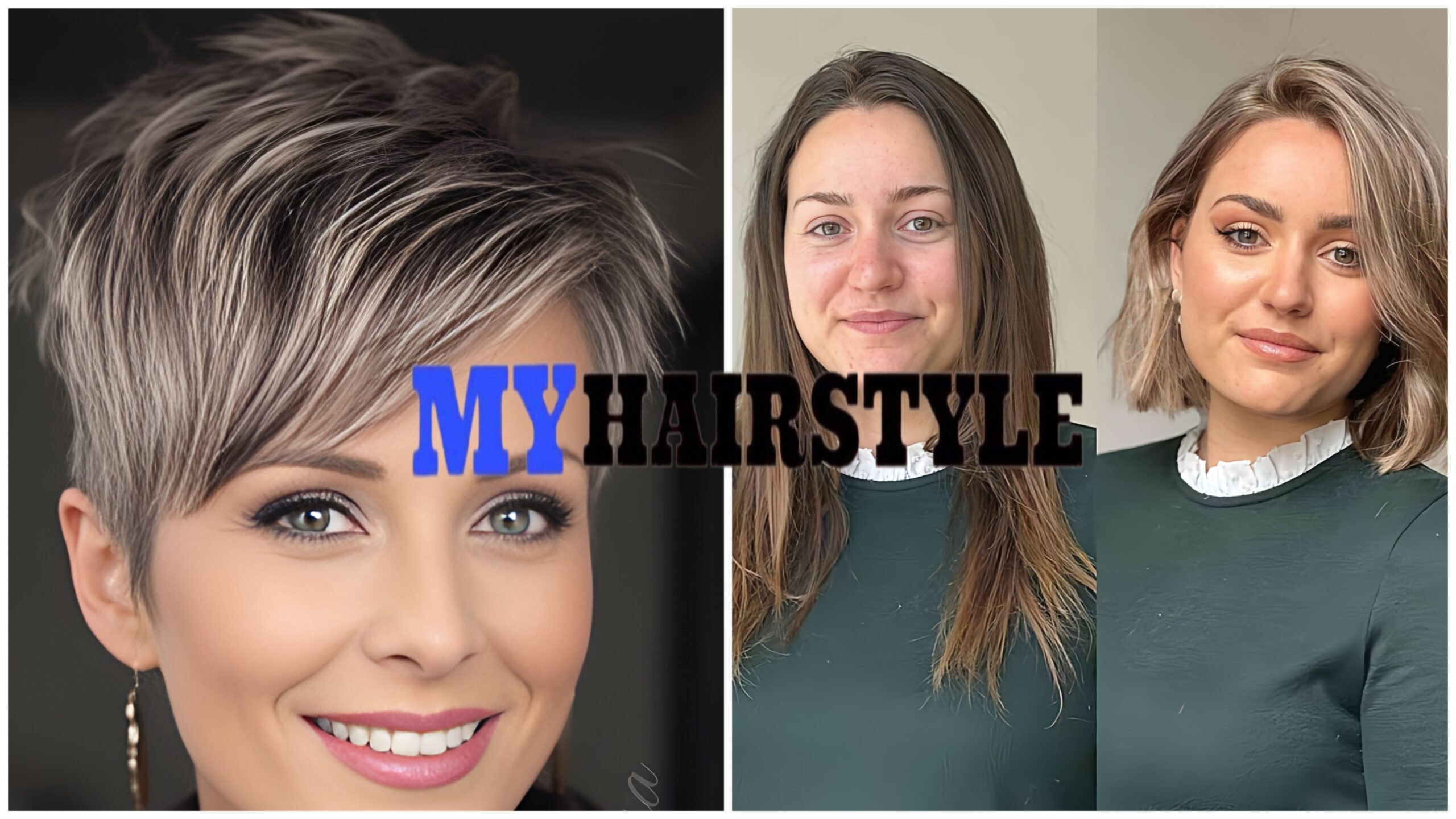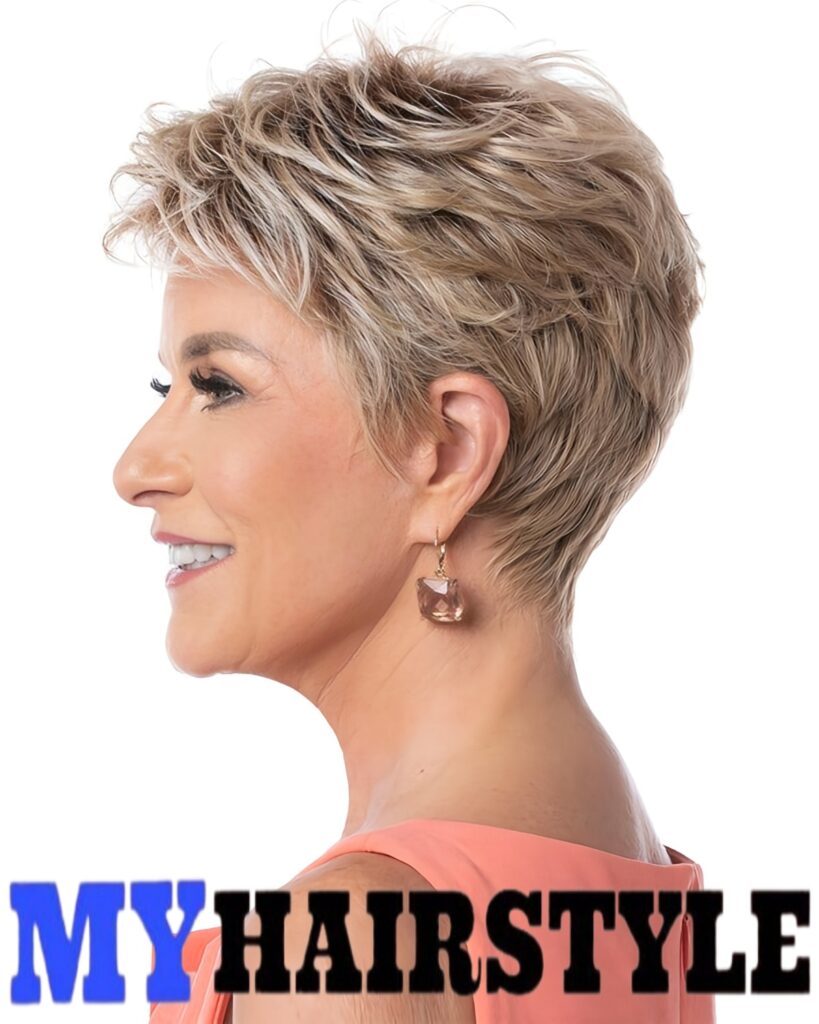Physical Address
304 North Cardinal St.
Dorchester Center, MA 02124

Hair. It’s more than just a part of our body. It’s a symbol of identity, a means of self-expression, and a billboard of our personality. But have you ever stopped to wonder why we’re drawn to certain hair trends? Why does a particular style become the rage one year, only to be replaced by a starkly different look the next? This article delves into the psychology behind hair trends for women, exploring the myriad factors that influence our hair choices, from societal norms and cultural influences to personal identity and psychological well-being.
The Evolution of Hair Trends: A Historical Perspective
To understand the psychology of hair trends, it’s essential to look back at how they have evolved over the years. From the elaborate wigs of the 18th century to the bold and colorful styles of the 1980s, hair trends have always been a reflection of the times. In the 1920s, the flapper era brought about the bob cut, signifying women’s liberation and the desire for independence. The 1960s saw the emergence of the hippie movement, with long, natural hair symbolizing rebellion against societal norms. Each era’s dominant hair trends mirror the cultural, social, and political climate, showcasing the deep interconnection between our external appearances and the world around us.
The Influence of Media and Celebrities

In today’s digital age, the media and celebrities play a pivotal role in shaping hair trends. Social media platforms, fashion magazines, and red-carpet events are awash with images of celebrities sporting the latest hairdos, which often become instant hits among the masses. The ‘Rachel’ haircut of the 1990s, inspired by Jennifer Aniston’s character on the popular TV show “Friends,” is a prime example of a celebrity-driven hair trend that achieved global popularity. The impact of celebrities and influencers is undeniable, with their choices often serving as a source of inspiration for women worldwide.
Psychological Factors at Play
But what drives us, on a psychological level, to follow these hair trends? Several factors come into play:
Cultural Influences and Societal Expectations

Cultural norms and societal expectations also play a significant role in shaping hair trends. In some cultures, long, luscious hair is seen as a symbol of femininity and beauty, while in others, short hair can signify independence and strength. Societal expectations can also influence hair color choices, with natural shades often deemed more ‘acceptable’ in conservative settings. However, as society progresses, there’s a growing acceptance of diverse hair expressions, challenging traditional norms and encouraging women to embrace their unique preferences.
The Role of Technology and Innovation
Advancements in hair care technology and styling tools have also contributed to the emergence of new hair trends. From keratin treatments to digital perm machines, the availability of innovative hair care solutions has expanded the realm of possibilities for styling. Moreover, social media platforms like Instagram and Pinterest serve as a vast source of inspiration, allowing women to explore and experiment with different looks more freely than ever before.
The psychology behind hair trends for women is a complex interplay of societal influences, cultural norms, personal identity, and psychological factors. As we navigate through the ever-changing landscape of hair fashion, it’s essential to remember that our hair choices should ultimately resonate with who we are and how we want to present ourselves to the world. Whether it’s embracing the latest trend or opting for a timeless look, what matters most is that our hair reflects our inner selves, empowering us to walk through life with confidence and grace.
The Ripple Effect of Globalization on Hair Trends
In an increasingly interconnected world, globalization has had a profound impact on hair trends, blurring the lines between geographical and cultural boundaries. Styles that were once unique to specific parts of the world are now global phenomena, thanks to the internet and social media. This exchange of cultural hair aesthetics has led to a rich tapestry of styles that women can draw from, encouraging a more inclusive and diverse understanding of beauty. However, it also raises questions about cultural appropriation and the importance of respecting the origins and significance of certain hairstyles within different communities.
The Power of Hair in Social Movements and Political Statements

Hair trends are not just about aesthetics; they can also serve as powerful tools for social and political expression. Throughout history, women have used their hair to make statements, challenge norms, and advocate for change. For instance, the afro became a symbol of black pride and resistance during the Civil Rights Movement in the 1960s. More recently, the trend of shaving one’s head has been adopted by women as a form of protest against societal beauty standards, demonstrating that hair can be a potent medium for conveying messages and rallying for causes.
The Psychological Impact of Hair Loss and Transformation
While much of the discussion around hair trends focuses on the choices we make, it’s also important to acknowledge the psychological impact of hair loss, whether due to medical conditions, treatments, or aging. For many women, such experiences can lead to a profound sense of loss and identity crisis, given the societal emphasis on hair as a marker of femininity and health. Conversely, the decision to undergo a dramatic hair transformation can be liberating and signify a new chapter in one’s life. These experiences highlight the deep emotional connection many women have with their hair and the transformative power it holds.
Sustainability and Ethical Considerations in Hair Care and Styling
As awareness of environmental and ethical issues grows, sustainability has become a significant factor influencing hair trends. Consumers are increasingly seeking out eco-friendly hair products, natural hair care routines, and styles that require less maintenance and chemical processing. This shift towards more sustainable hair practices not only reflects a broader societal move towards environmental stewardship but also encourages a more authentic and health-focused approach to hair care.
The Future of Hair Trends: Predictions and Innovations
Looking to the future, hair trends are likely to continue evolving in response to technological advancements, cultural shifts, and global challenges. Virtual reality and augmented reality could revolutionize the way we experiment with hair colors and styles, allowing for more daring and temporary changes without the commitment. Moreover, as discussions around gender fluidity and non-binary identities become more mainstream, we can expect to see hair trends that defy traditional gender norms, embracing a more inclusive view of beauty.
The psychology of hair trends for women is a multifaceted topic that touches on various aspects of our lives, from personal identity and cultural heritage to social movements and environmental concerns. As we move forward, the choices we make about our hair will continue to reflect our values, beliefs, and the ever-changing world around us. In embracing the diversity of hair trends and what they represent, we not only celebrate our individuality but also connect with the broader tapestry of human experience. So, whether you’re sporting a classic style or experimenting with something new, remember that your hair is a canvas, telling the story of who you are and the world you live in.